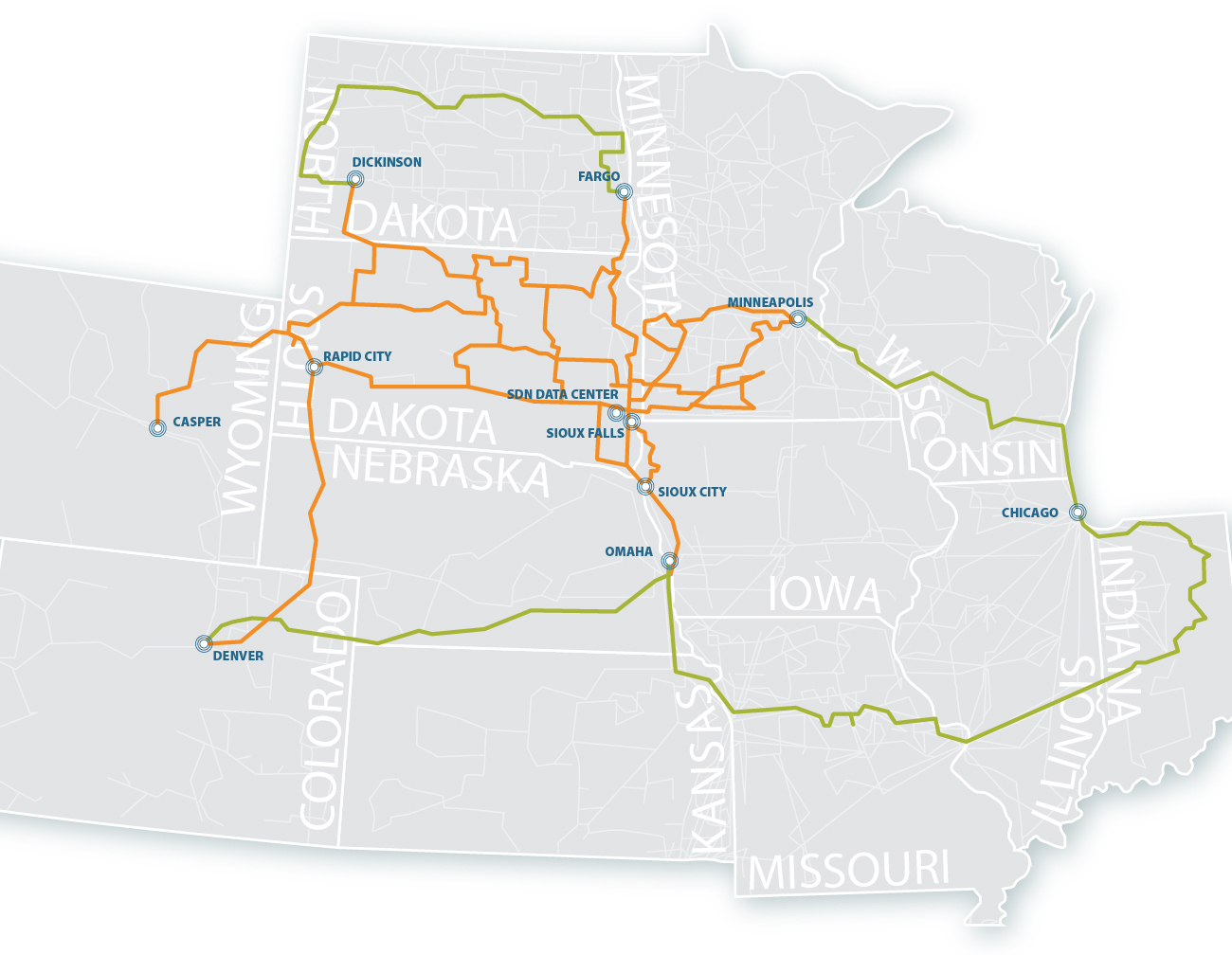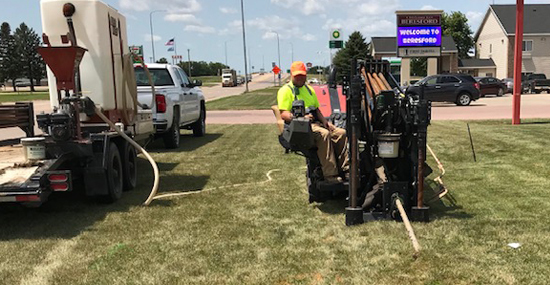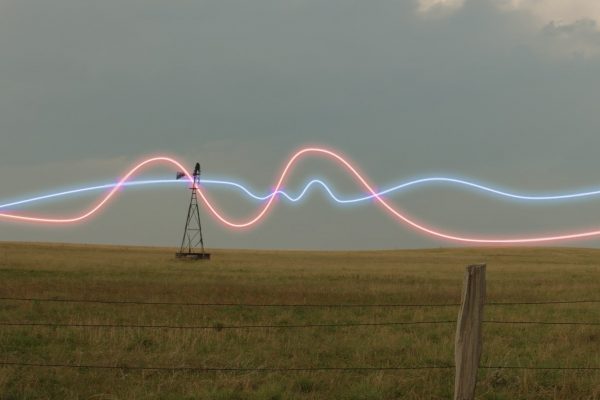
It happens on nearly a weekly basis. An accident — a fiber cut for example — causes a disruption in one of SDN’s fiber routes. But customers never even notice it.
Thanks to the carefully planned diverse routes established by SDN, service to customers isn’t interrupted when an accident happens.
“If the electronics are working properly, there’s no impact to the customer,” says Gary Glissendorf, an SDN Network Architect.
BUSINESS INTERNET: Learn more about SDN Communications' services
So what exactly does diversity mean when it comes to fiber routes? It means having a backup fiber line to pick up the slack in the event that one fiber route has an interruption. Take the critical fiber route from Sioux Falls to Minneapolis for instance. There’s one main fiber route that provides internet services to those customers. But there’s also a backup route used in the case of an accident that would disrupt service on the main route.

“Think of it like a circle or a highway,” Glissendorf says. “There’s a south route, but there’s also a north route and they have to be different.”
If internet services are interrupted on the main route, traffic is instantly rerouted to the other fiber path. The switch is so seamless that customers won’t even notice it.
SDN plans carefully to have this diversity on its network where it’s most needed. And the route from Sioux Falls to Minneapolis is one of those routes, says Glissendorf.

But SDN has had diversity inside South Dakota for years with “three adjoining circles,” Glissendorf says. The diverse routes are found in eastern, central and western parts of the state. “And there’s usually an event weekly on one of those circles,” he says. “But because of the diversity and the electronics in place, people don’t even notice.”
Glissendorf said decisions about implementing diverse fiber take place every year. SDN must decide where to invest in the extra level of protection. The company analyzes internet traffic to make those decisions. Through the company’s long-term network planning, additional diverse route options are regularly evaluated.
With more companies depending on the internet to do their business, having diverse routes will continue to be a critical service for internet providers. And SDN will continue to evaluate locations where diversity is needed and ensure that its customers have the uptime they need.




